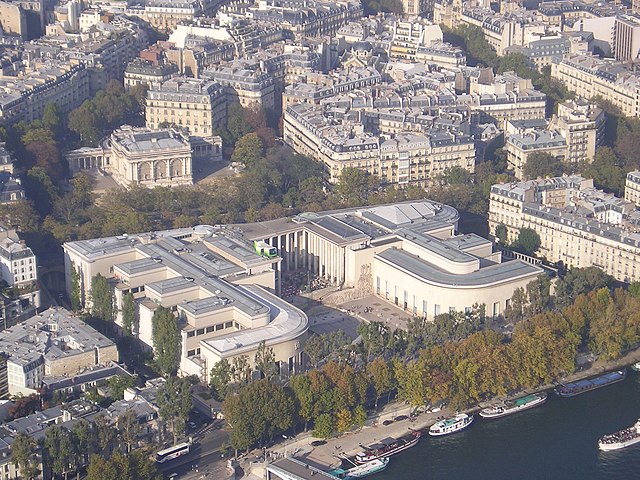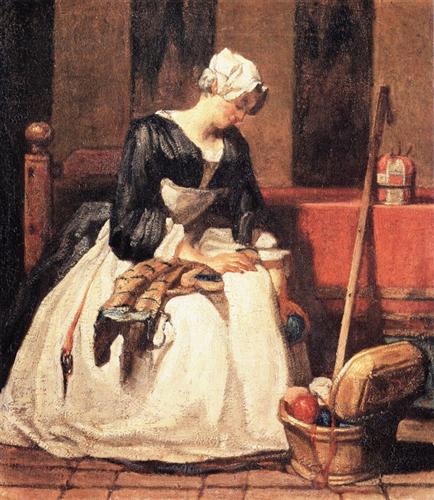Embroidery
made the mainstream media this week. Yep, right there in the Guardian’s Culture
Section under the rubric Photography. This is not a typo. Have a look.
“Julie
Cockburn takes studio portraits from the past, obliterates the faces with
embroidery – and injects them with new life,” writes Sean O’Hogan, the Guardian’s
photography columnist. I’m not so sure
about the injecting new life into them part. Recycling, re-purposing, maybe. Getting attention, for sure. I
suspect this is the point of Ms Cockburn’s use of photographs, never mind the art
speak of her gallery.
The
combination of thread and photographs (or paint, for that matter) is not novel. I’ve written about it before. Sadly, pairing thread with some other media continues
to be the best way to persuade the mainstream art establishment to recognize
embroidery as a valid artistic technique.
And that is
a pity because Julie Cockburn is a very imaginative embroiderer. The shapes that she creates, her controlled,
beautiful stitching, and the effect of her color choices are arresting in and
of themselves. Had she ditched the photographs and stitched onto plain canvas
many of her works would stand on their own.
But would they attract attention? Would
they sell? The goal of artists, let’s be
pragmatic, is to make a buck so they can buy materials, have a roof over their head
and eat, too.
Still, if
we turn the photography proposition on its head, perhaps Julie might be saying
something else. Yes, I can do art speak too.
Maybe she is telling the art world to look at what embroidery can do. It
can obliterate/erase associations with a cozy past (represented by vintage photos) and you, dear viewer, just
have to give up your prejudices and look at what abstracts modern embroidery
can produce.
Beauty may be
in the eye of the beholder and understanding in the mind of the onlooker, but
reputation is firmly in the hands of the art establishment. So hats off to Julie The Embroiderer, for
grabbing their attention and making it into the London and New York art scenes.
Not an easy task. Judging from her long list of exhibitions and the considerable size of her
oeuvre, she has worked long and hard at it. The patience and perseverance that embroidery teaches is showing. My hope is that just maybe, further along in her career, she will
get her embroidery into galleries not through the back door and not on crutches.



